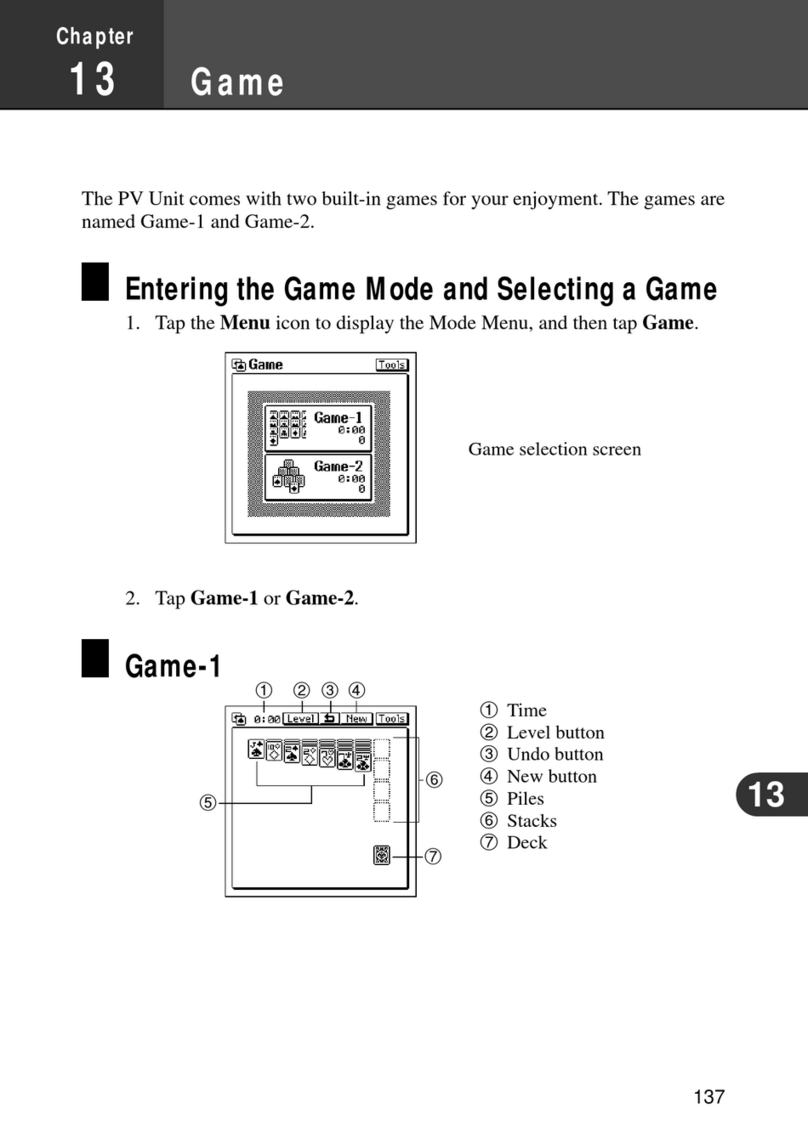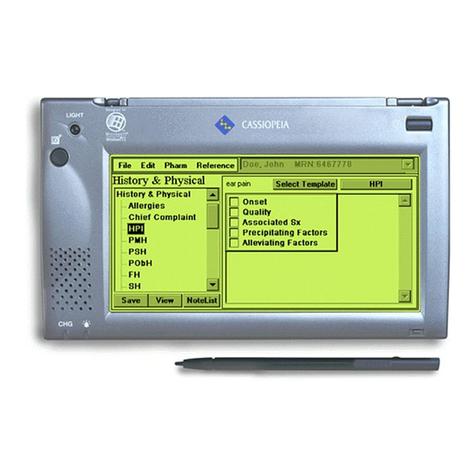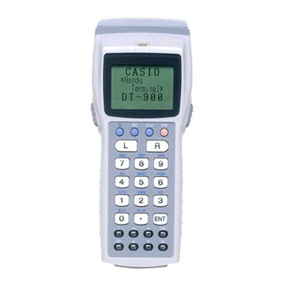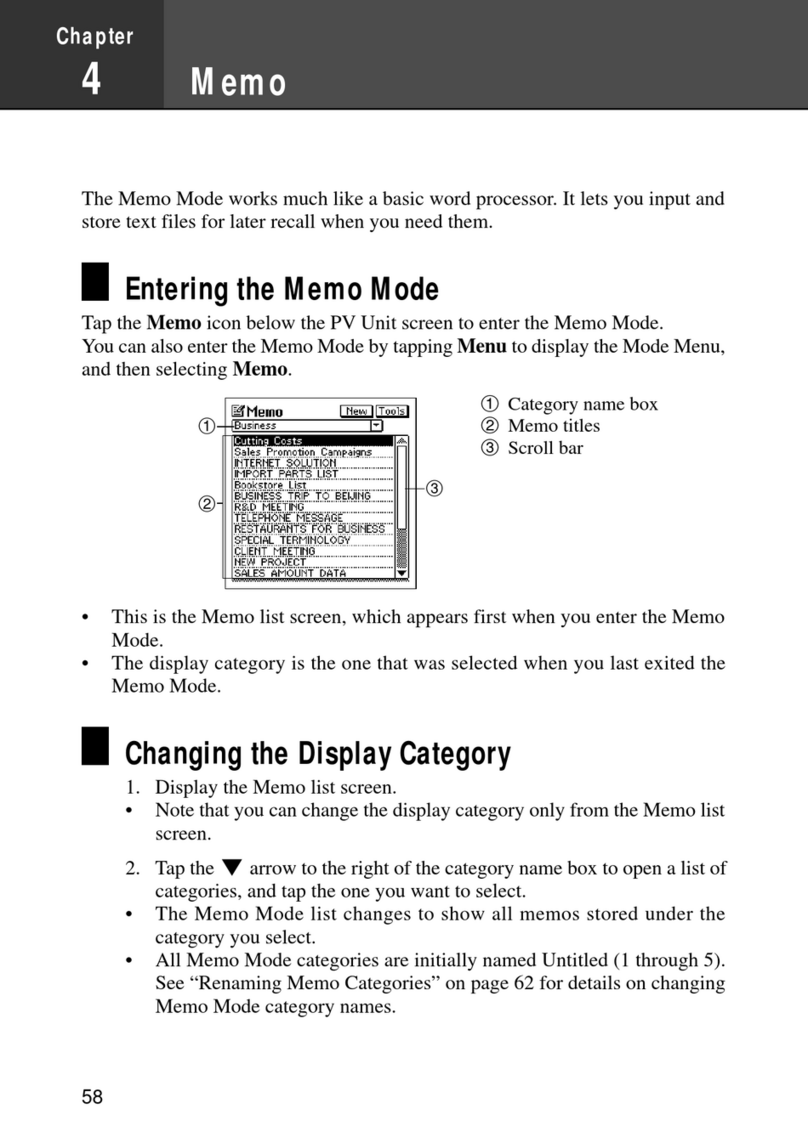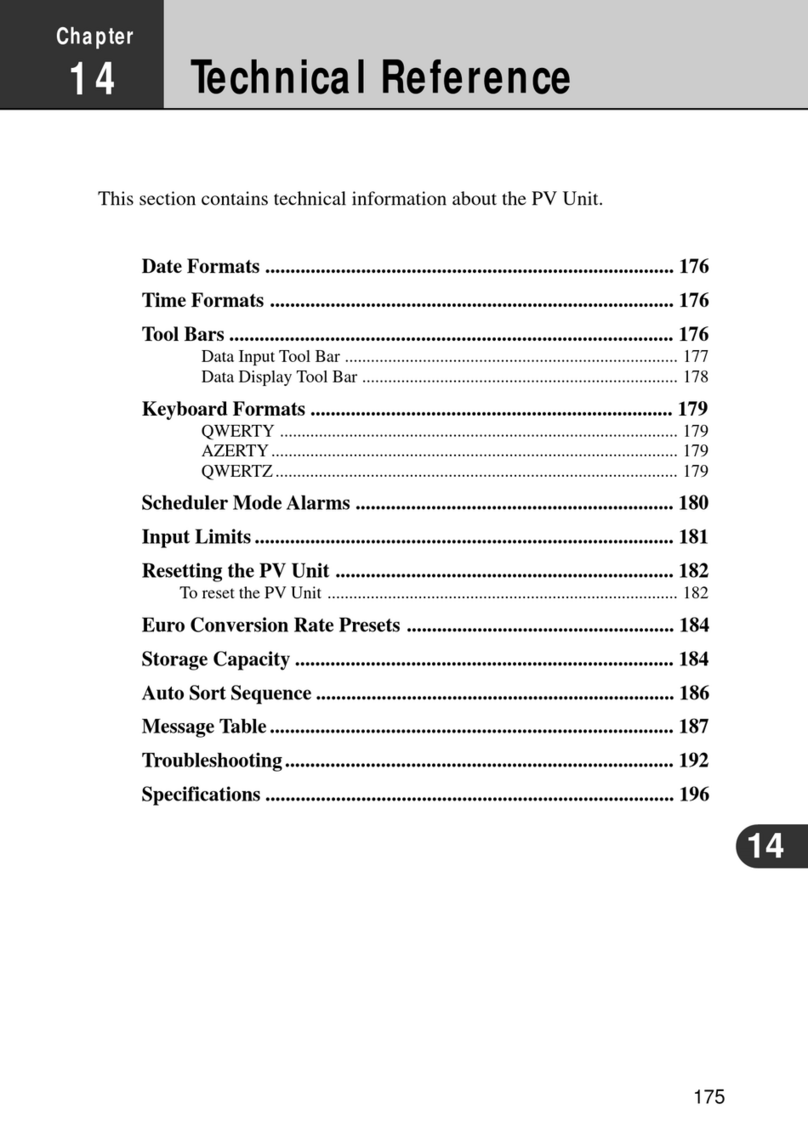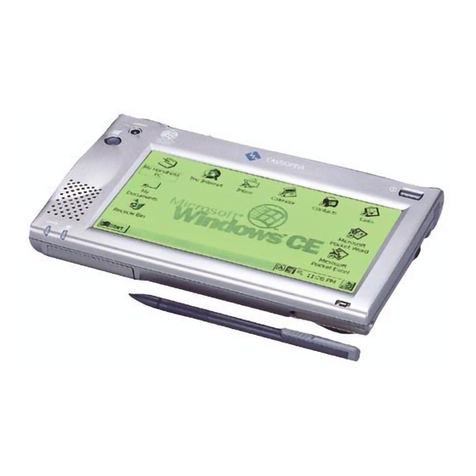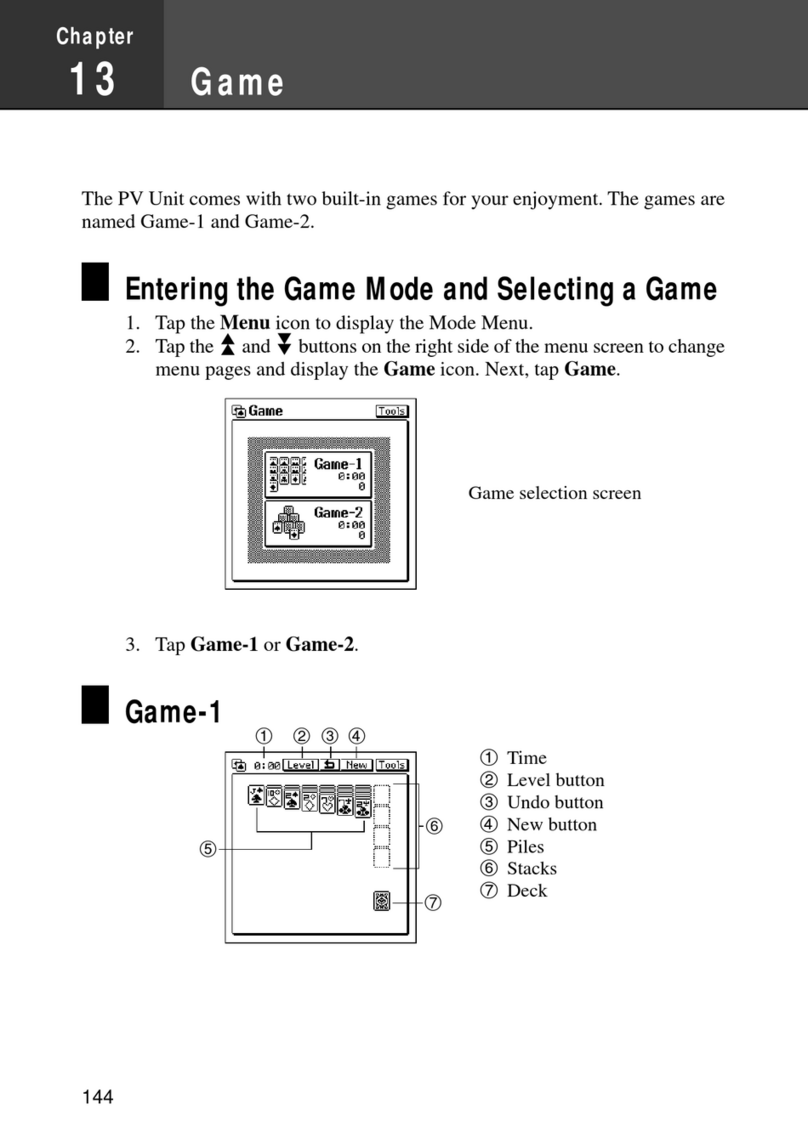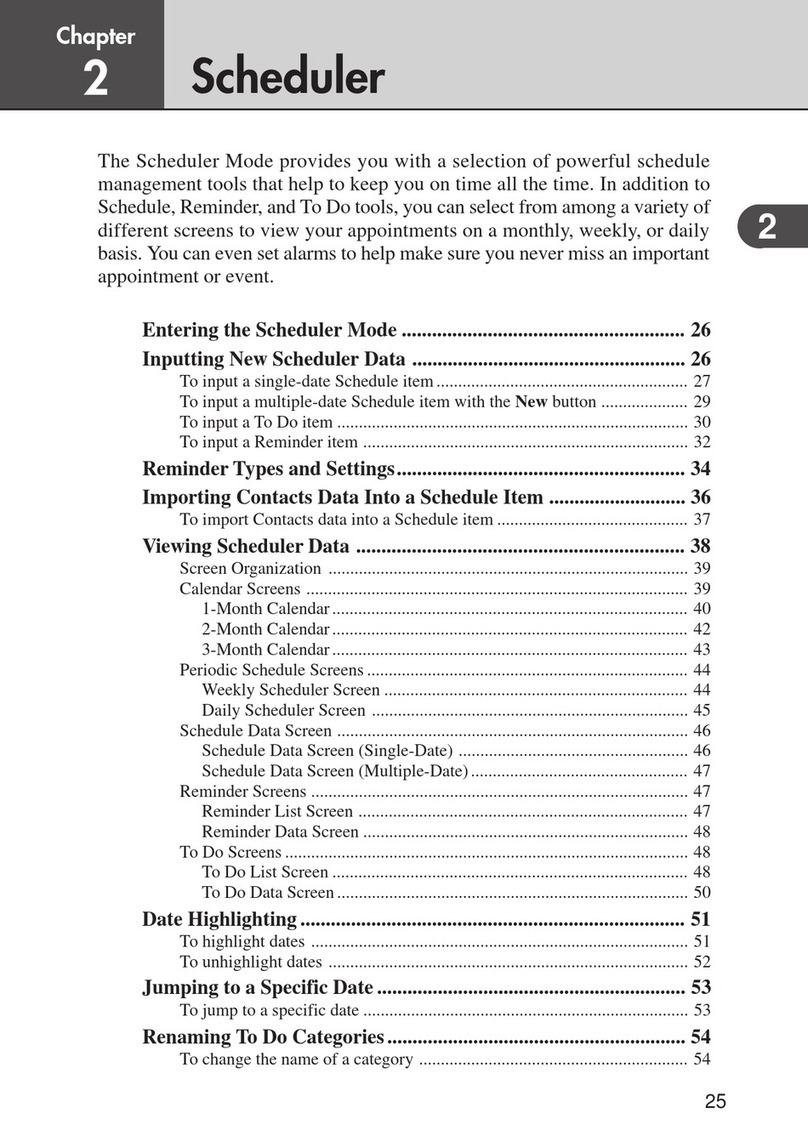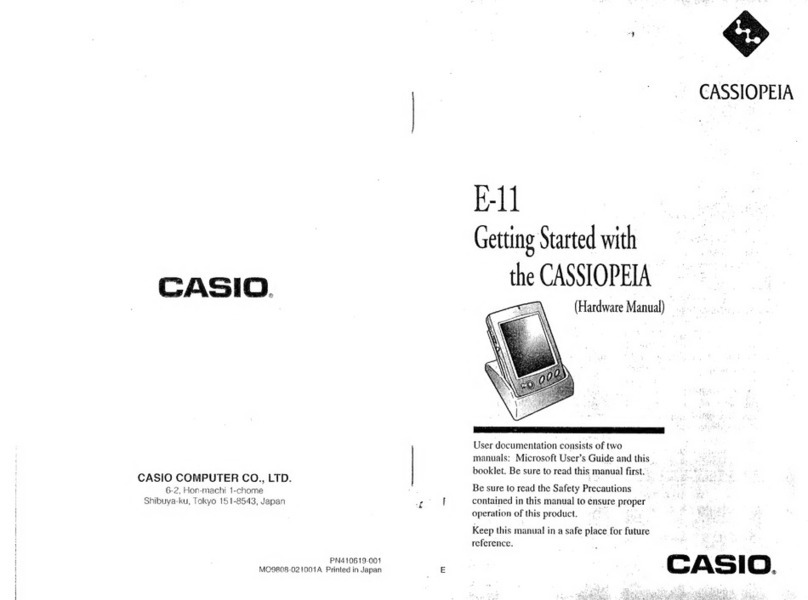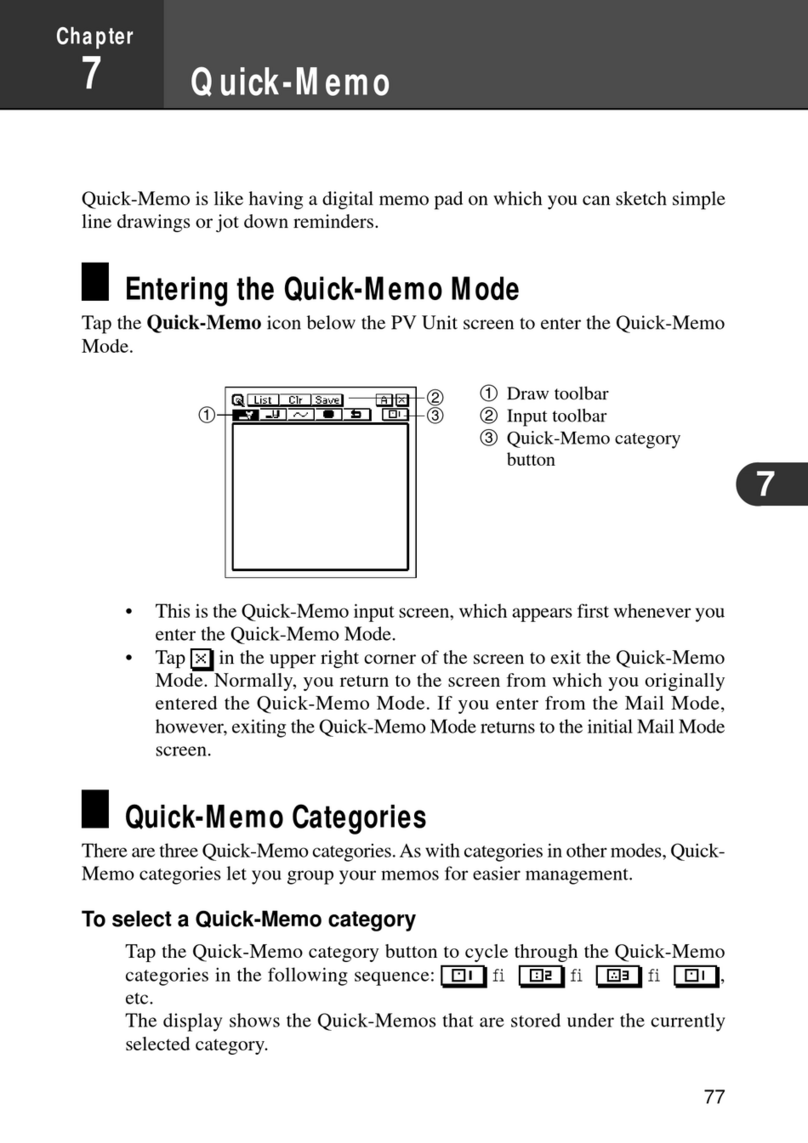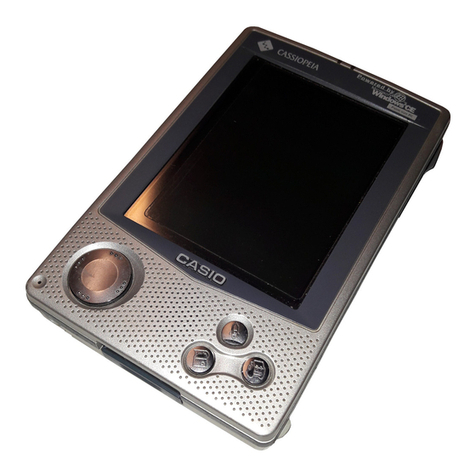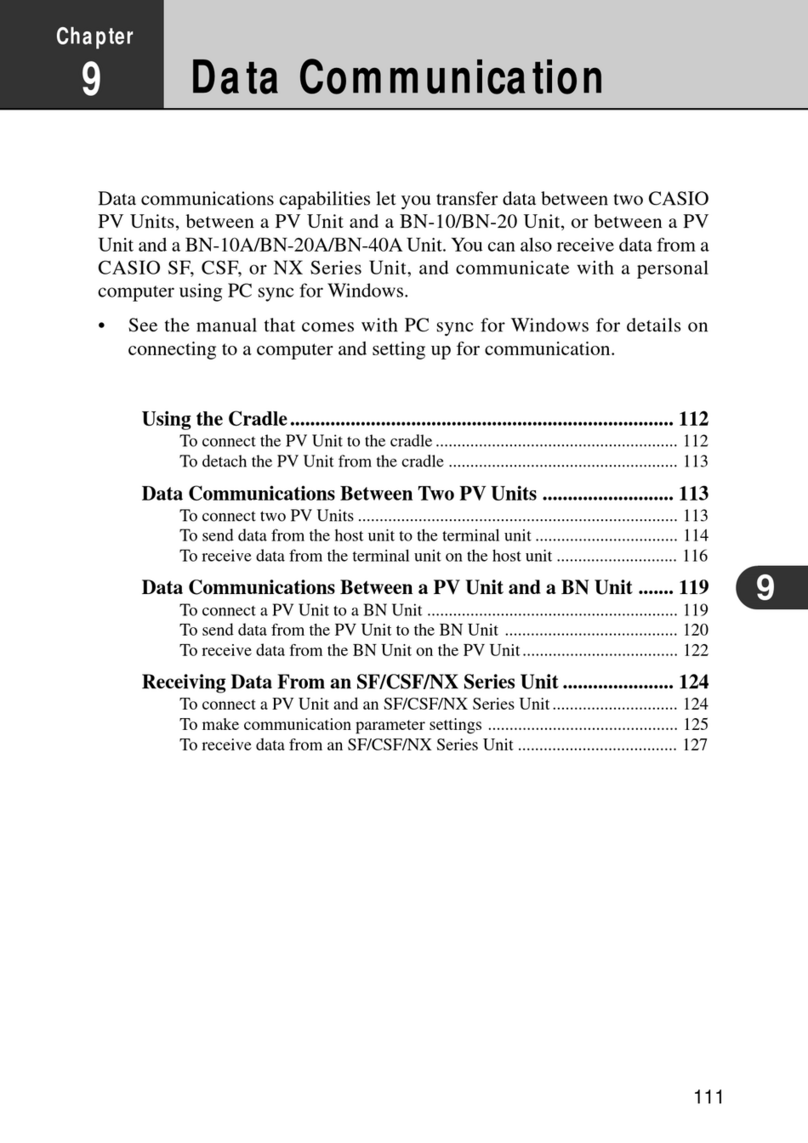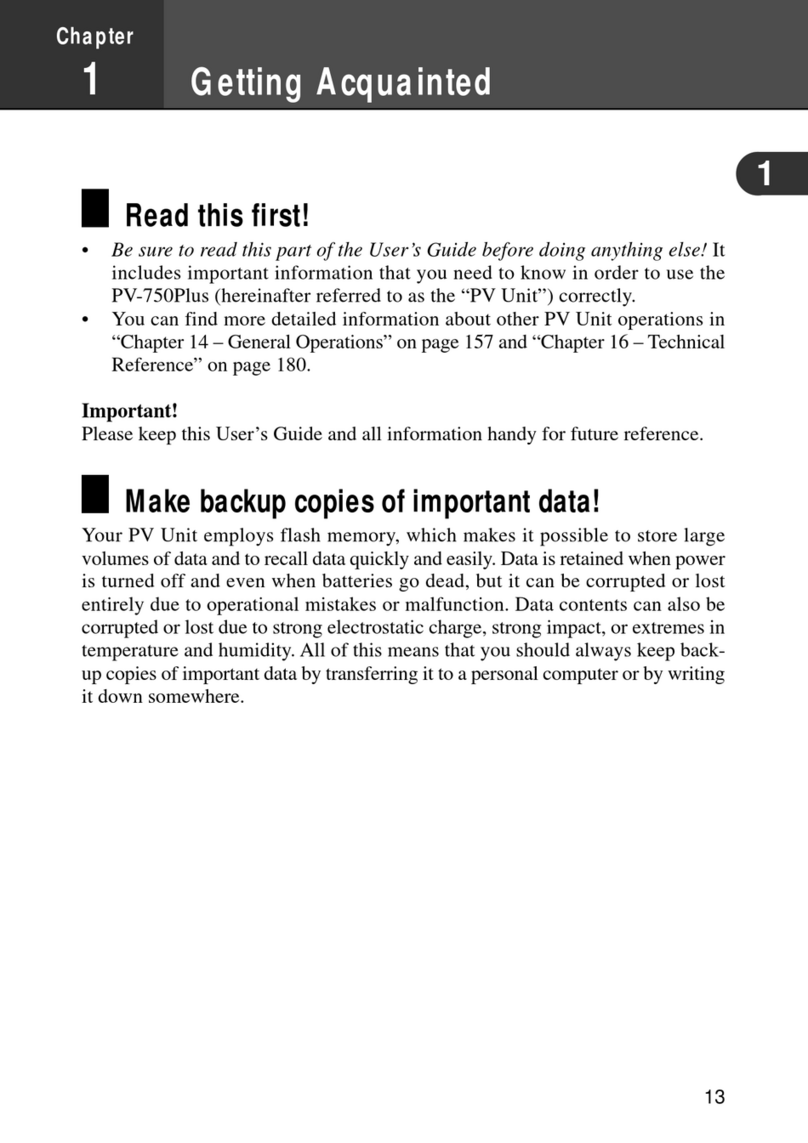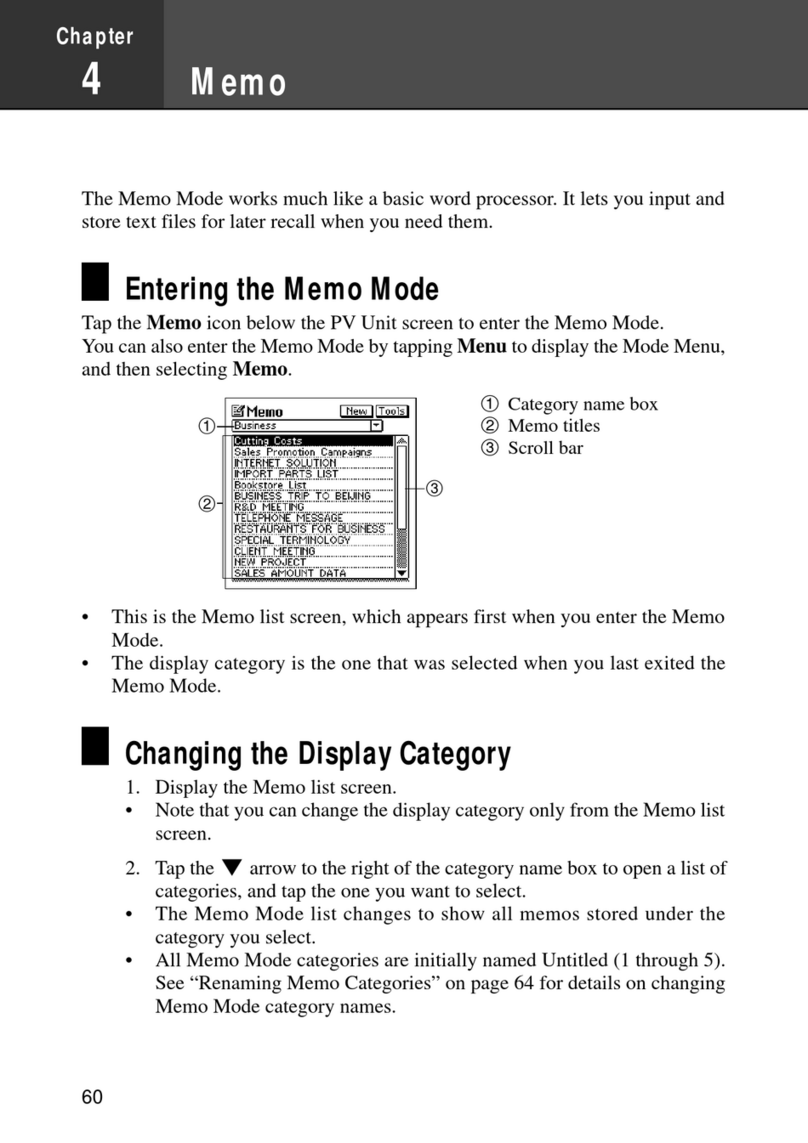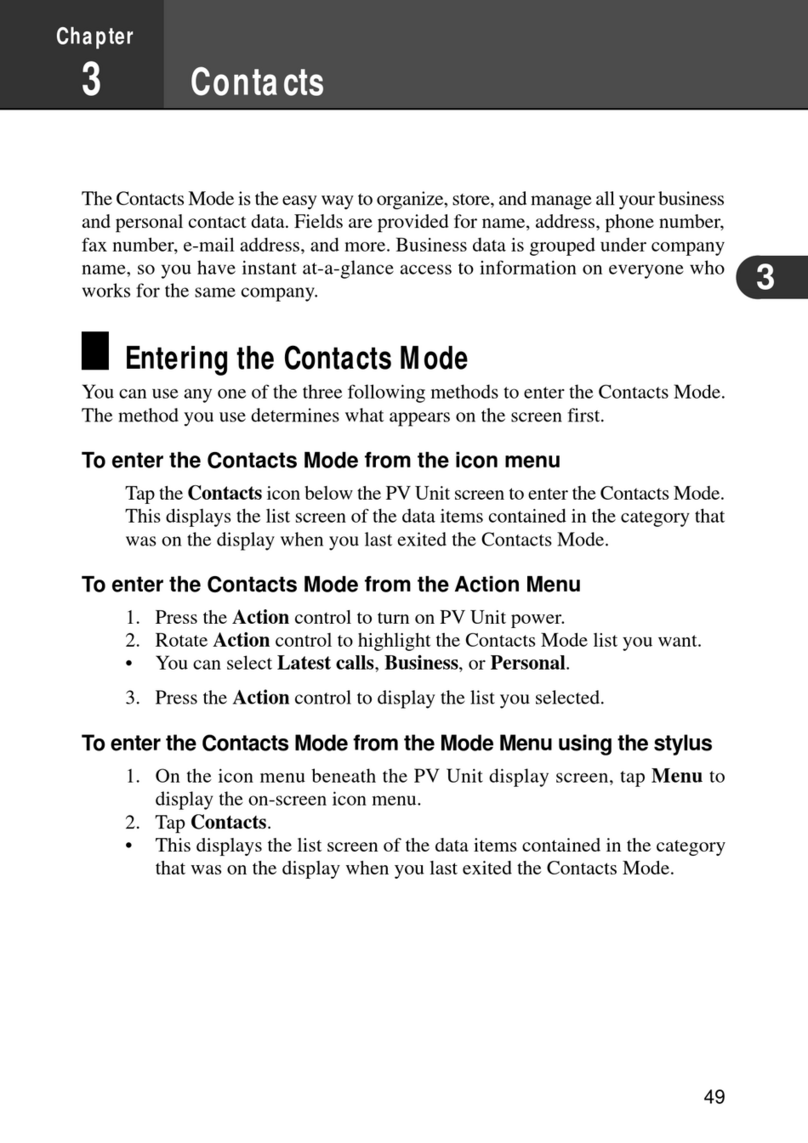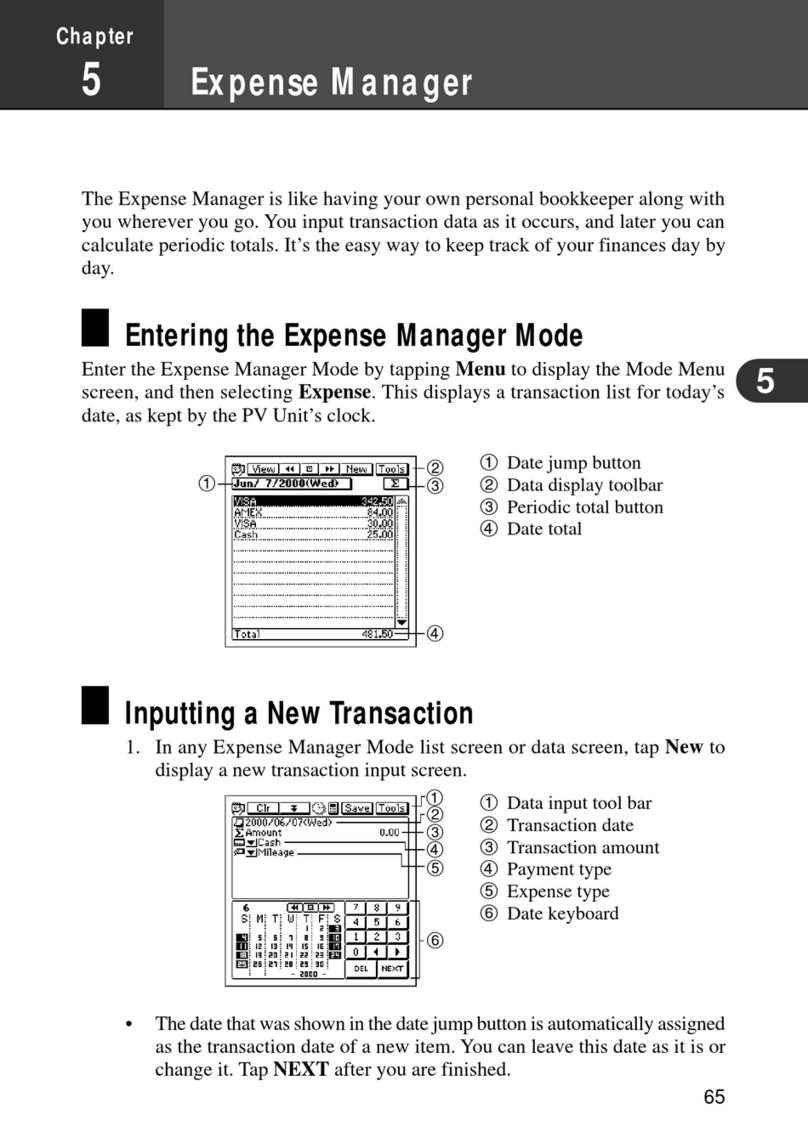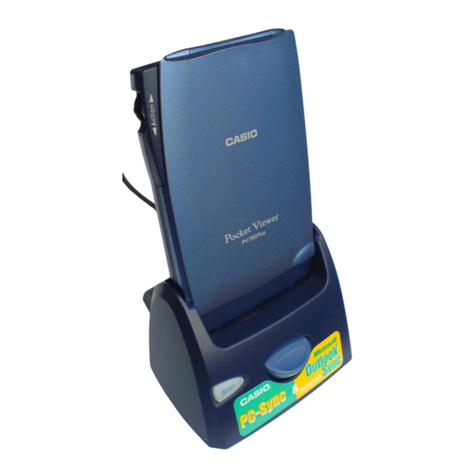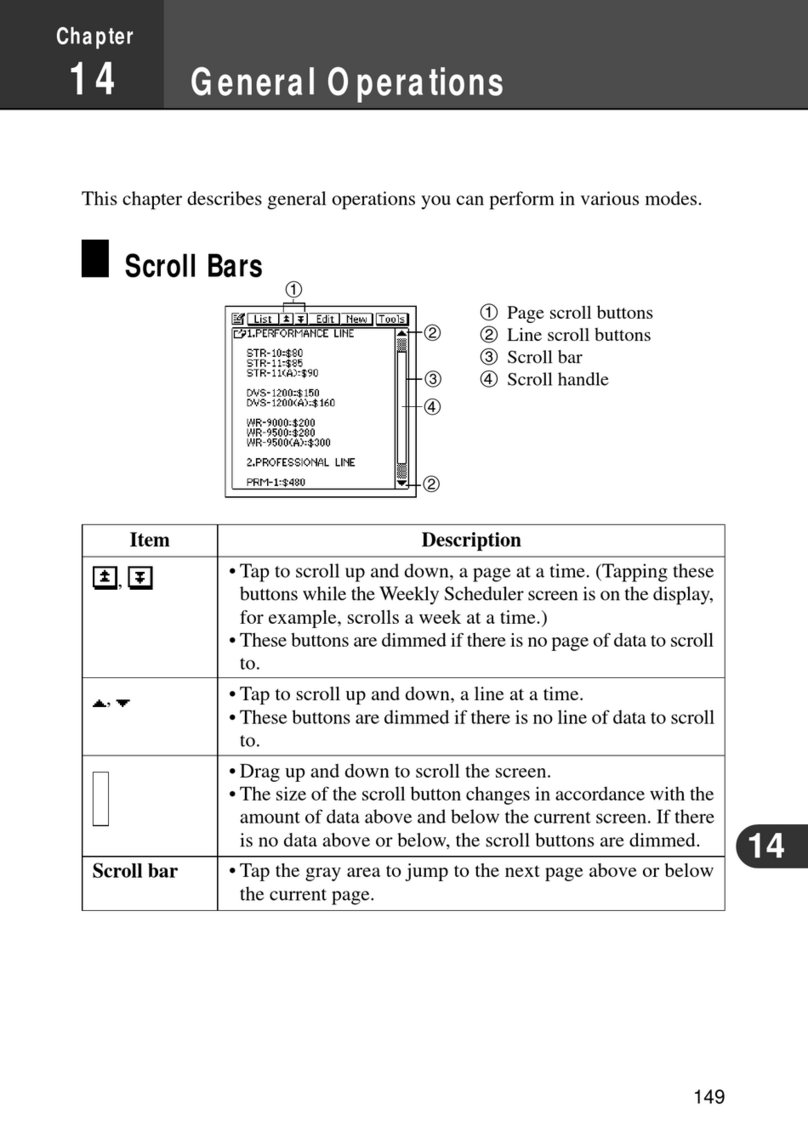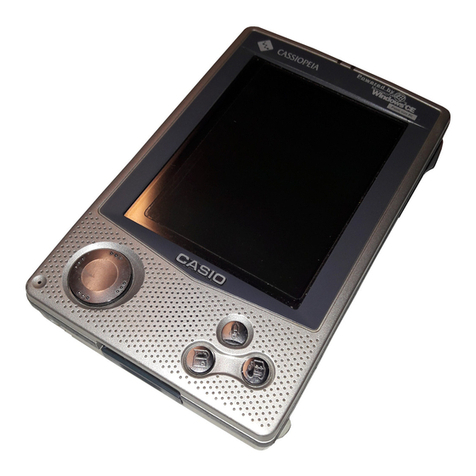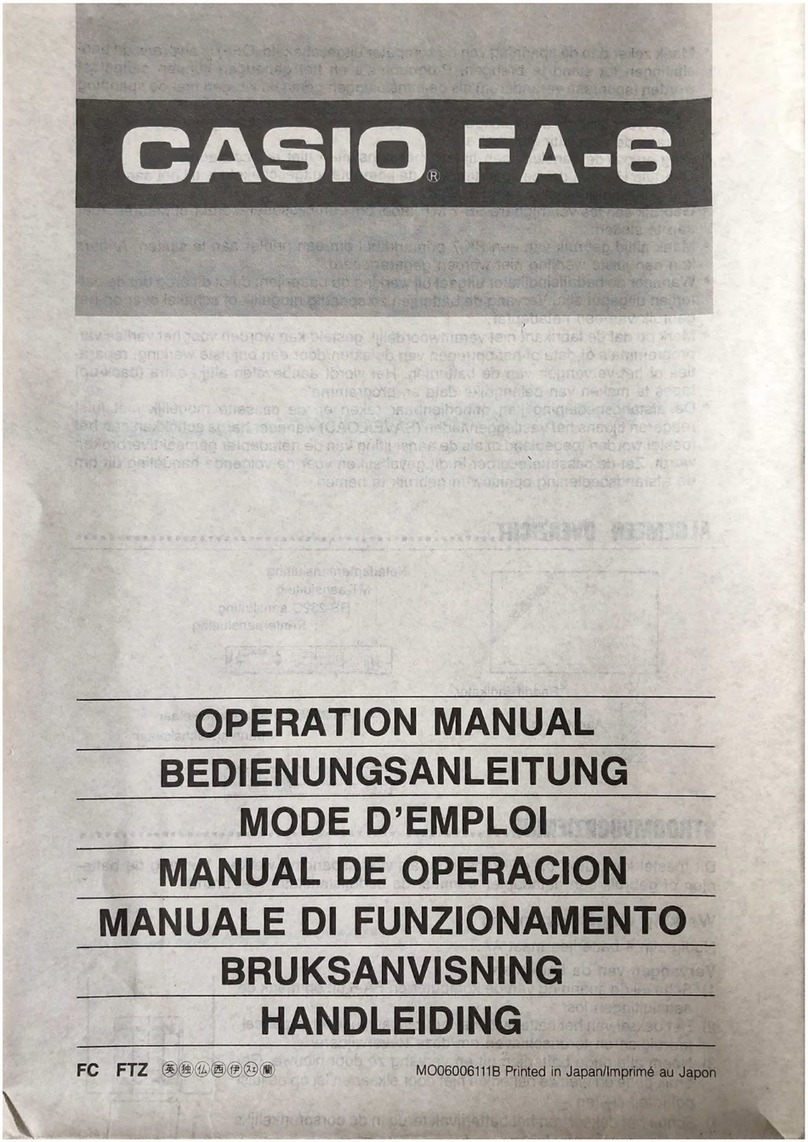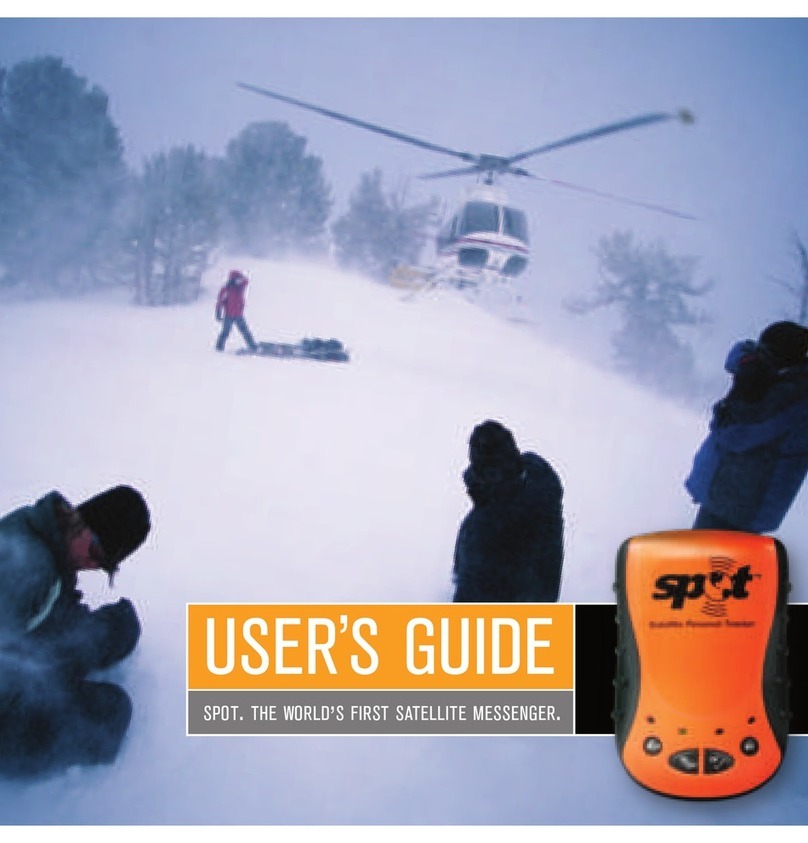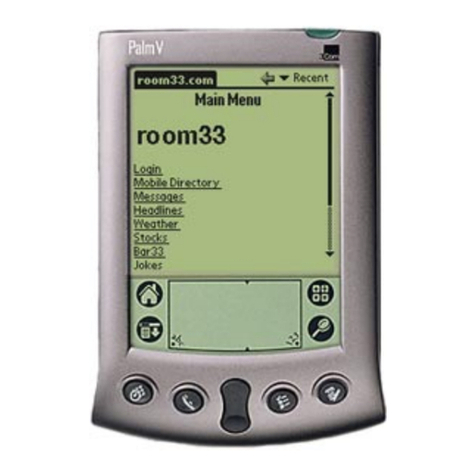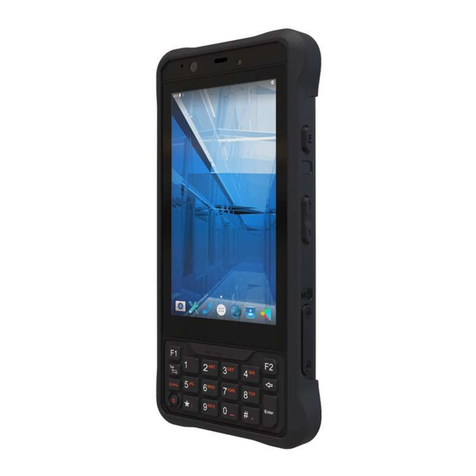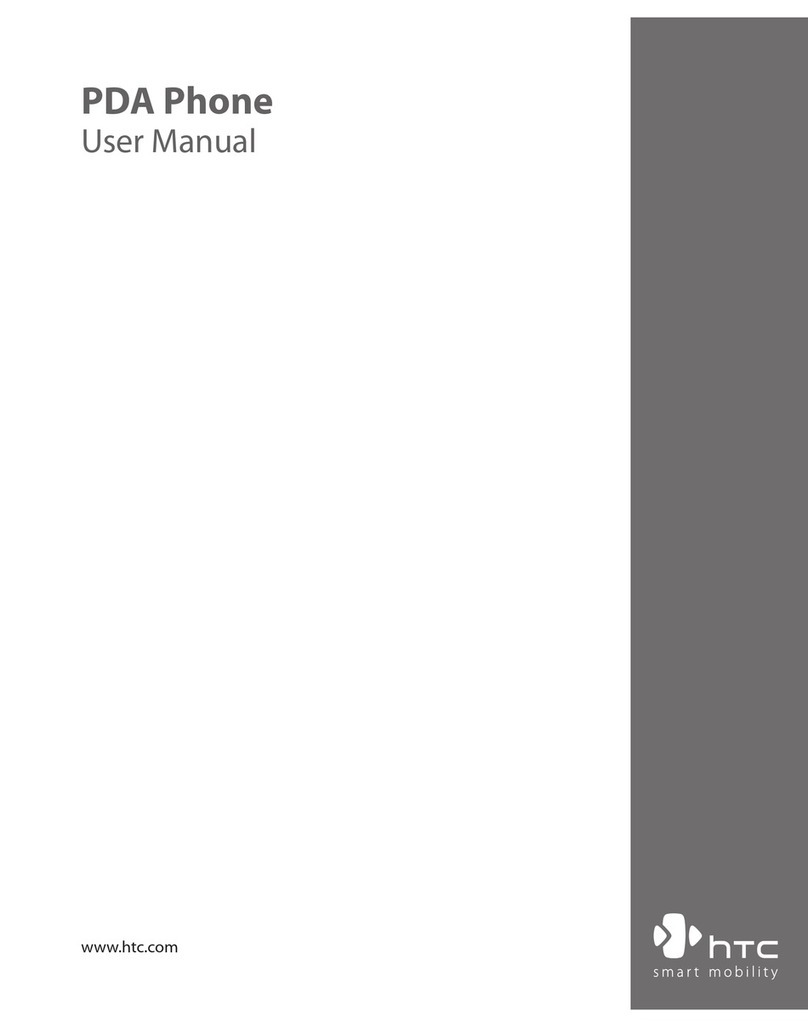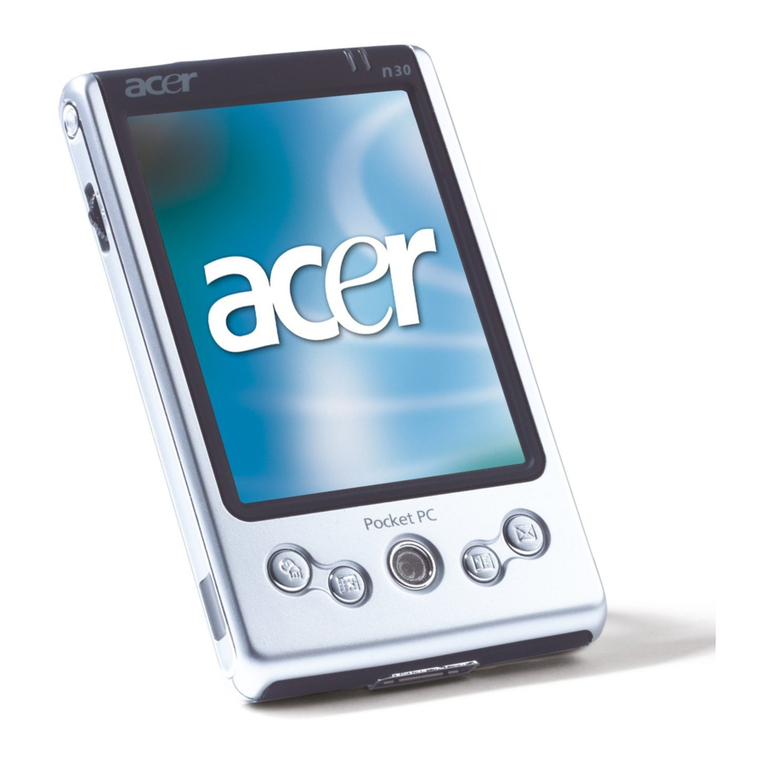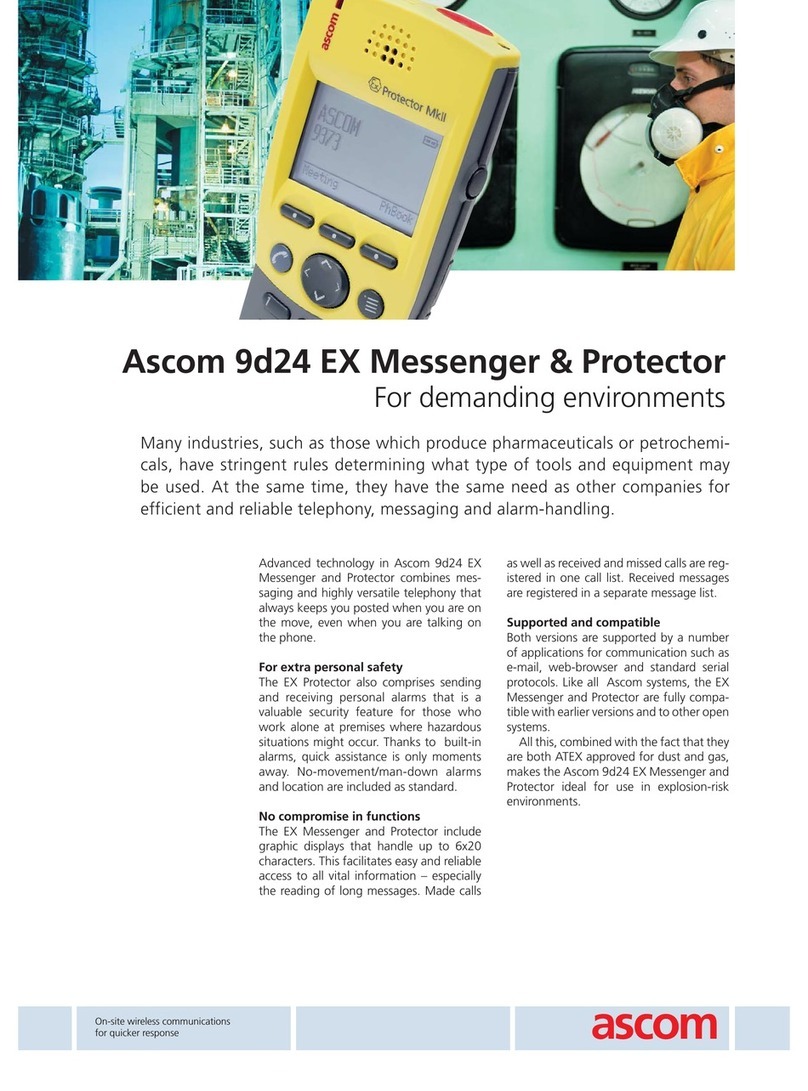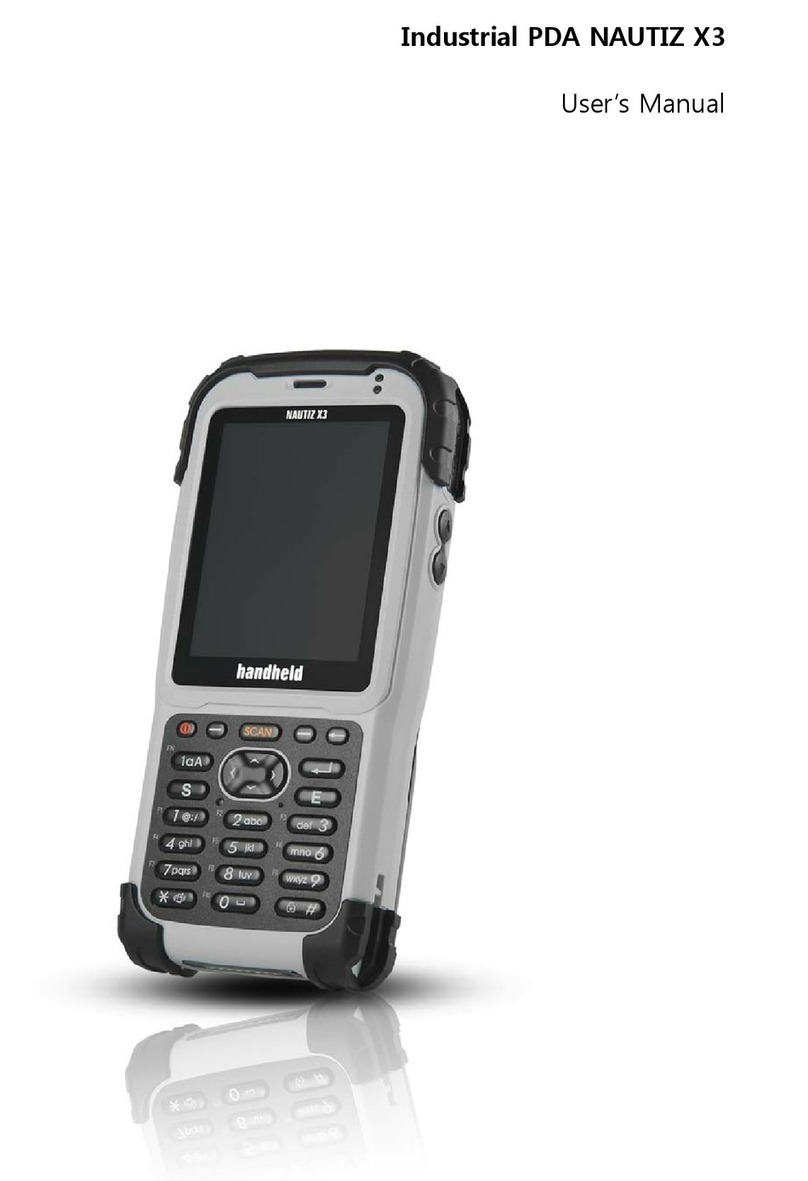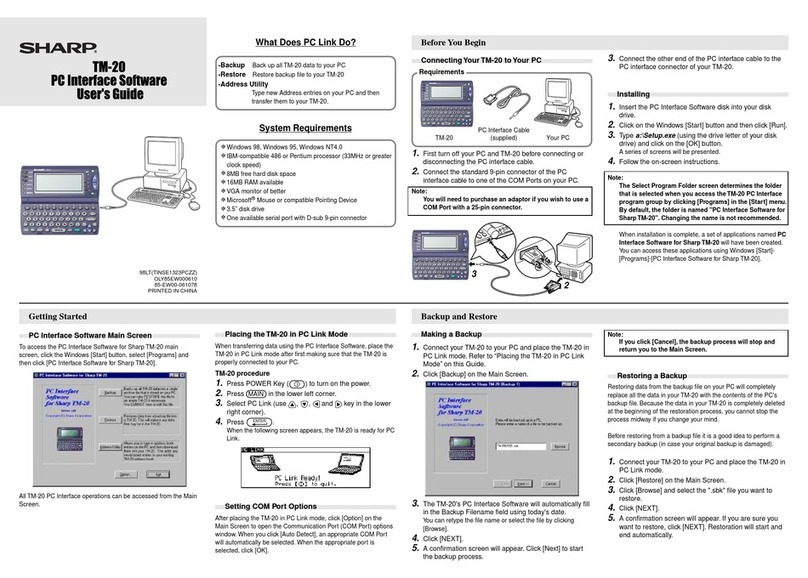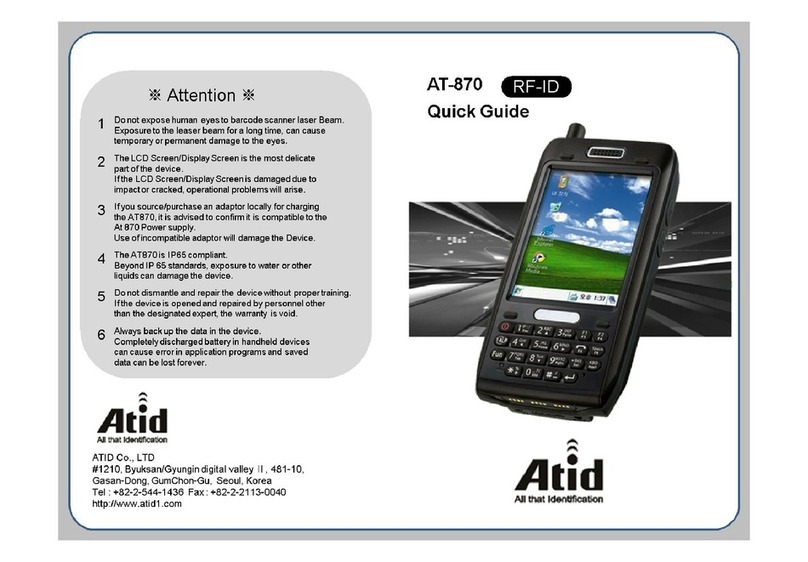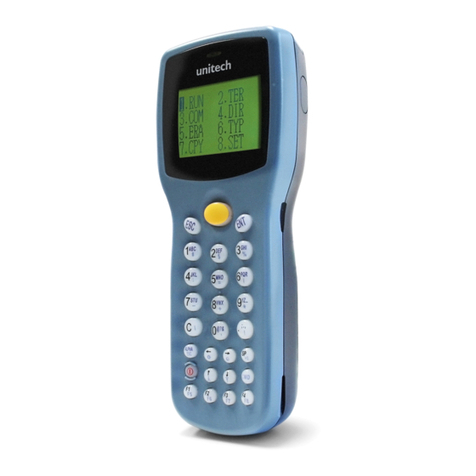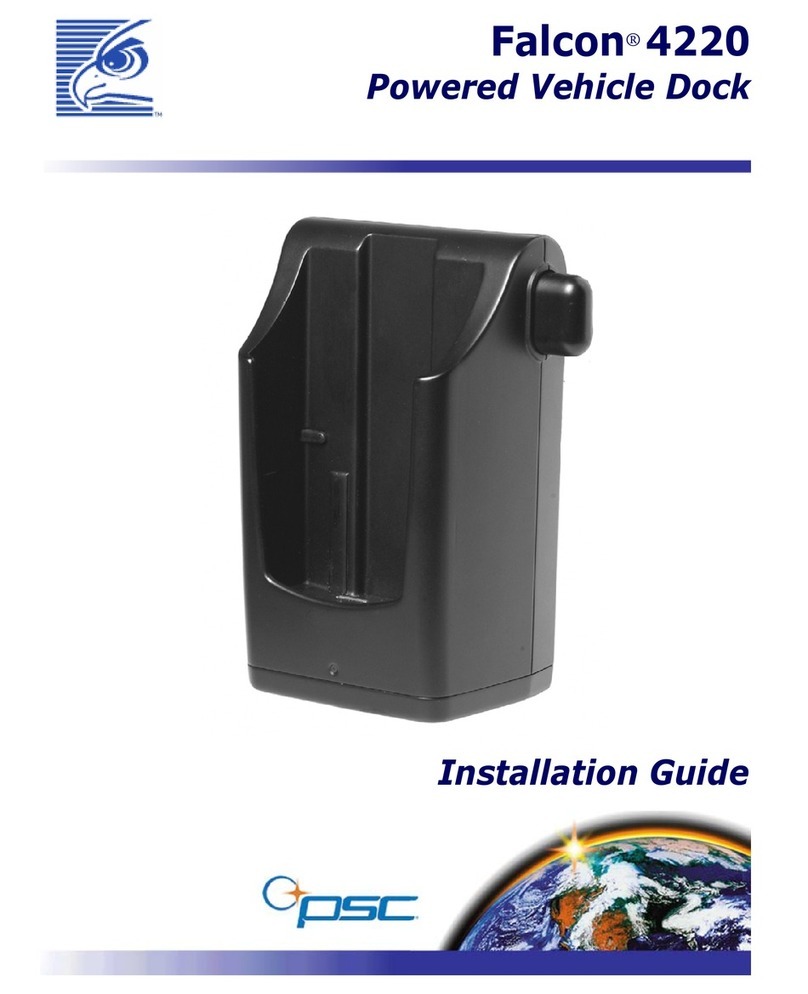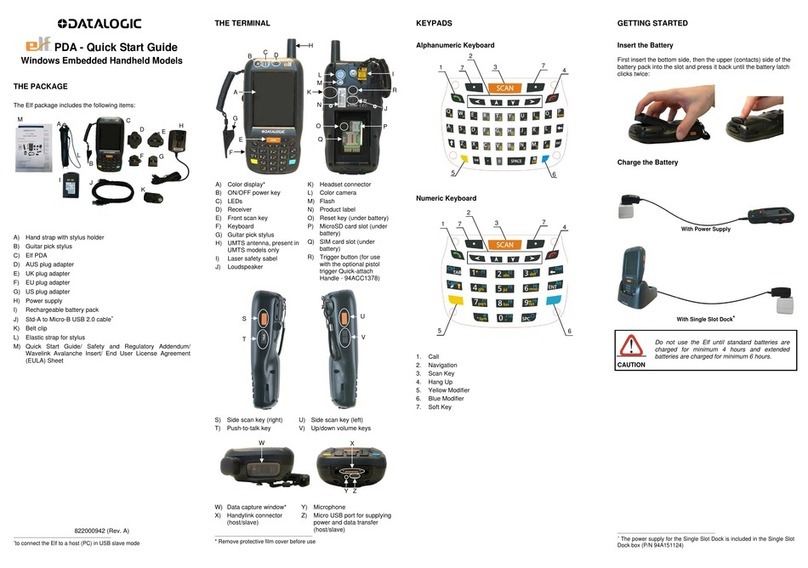
E-6
Warning!
■Battery Handling
●Never try to take batteries apart, modify them, or allow their positive and
negative poles to be connected (become shorted). Do not expose batteries
to heat, and never throw batteries into fire.
• When you remove the lithium-ion battery from the Data Collector, take
care to keep it in a place where there is no danger of it being accidentally
swallowed. Be especially careful around small children.
●Keep batteries out of the reach of small children. If a battery is accidentally
swallowed, consult a physician immediately.
■Supplied Lithium-ion Battery Pack
●Never place the battery pack in a microwave oven or any other high-voltage
device. Doing so creates the danger of battery pack heat emission,
explosion, and fire.
●Should the battery pack emit a strange odor or heat, change color or shape,
or exhibit any other abnormal behavior, immediately stop using it. Continued
use creates the danger of battery pack heat emission, explosion, and fire.
●If the battery pack does not achieve full charge after the normal charging
time has passed, stop charging. Continued charging creates the danger of
battery pack heat emission, explosion, and fire.
●Should the battery pack start to leak or emit a strange odor, immediately
move it away from any nearby flame. Leaking battery fluid is combustible,
and exposure to flame creates the danger of explosion and fire.
●Should fluid from the battery pack accidentally get into your eyes, do not rub
them. Immediately rinse your eyes with clean tap water and then consult a
physician immediately.
■AC Power Supply
●Do not use the Data Collector at a voltage other than the specified voltage of
100VAC. Also, do not connect the Data Collector to a multi-plug power strip.
Doing so creates the danger of fire and electric shock.
●Avoid conditions that can cause damage or breaks in the power cord. Do not
place heavy objects on the power cord and keep it away from sources of
heat. Any of these conditions can damage the power cord, creating the
danger of fire and electric shock.
●Never modify, sharply bend, twist, or pull on the power cord. Doing so
creates the danger of fire and electric shock.
●Use only the specified charger unit DT-9020ADP (sold separately). When
using the I/O box, be sure to use the AC adapter DT-825ADP (sold
separately). Use of anotherAC adapter model or charger creates the danger
of fire and electric shock.
●Should the power cord become severely damaged (to the point that wires
are exposed or broken), contact your original dealer or a CASIO service
provider about repair or replacement. Use of a damaged electrical cord
creates the danger of fire and electric shock.
